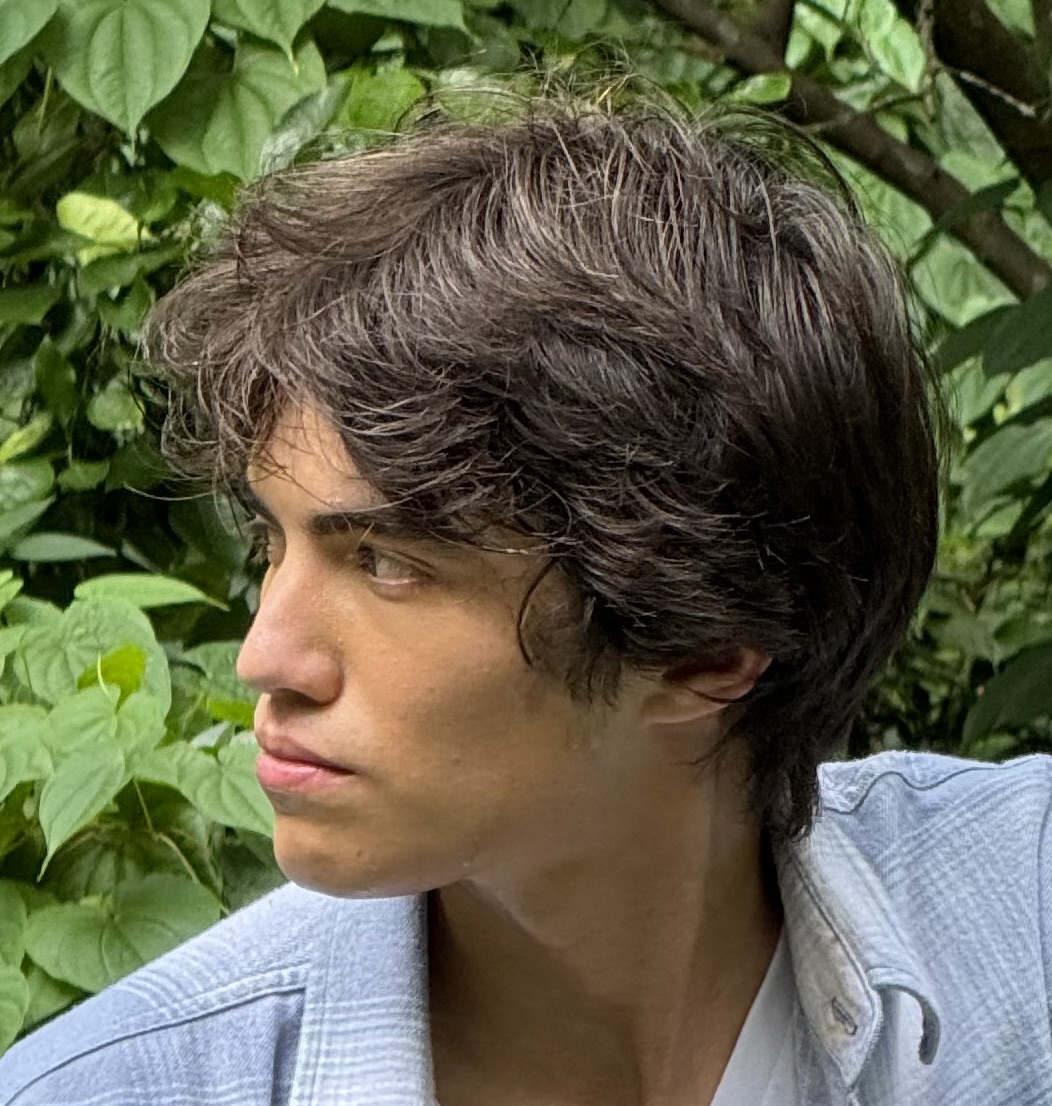Episode Transcript
[00:00:09] Hi. Hello. Hey, welcome back. I'm Angelo. This is histories, and I have got a great story for you today. See, this story is about determination, the incredible power of the human spirit, and a reminder that no dream or vision is ever impossible.
[00:00:26] Now, this is a nice, feel good story. So just sit back and relax, and let me take you to a small village in southeastern France to meet a humble postman named Ferdinand Chaval.
[00:00:37] Alright, so let's start with the background of this guy. So, Chaval was born on April 19, 1836, in a commune in France. Now, coming from a poor farming family, he gave himself the title of Peasanthenne. Eventually, he became a mail carrier, moved up in life, and that's been his job ever since. Now, picture a quiet, scenic place where life moves at a slow and steady pace. Chaval was just a regular dude in his early forties or so, leading an ordinary life. He worked as a postman, delivering mail day in, day out. That was his life.
[00:01:16] That ordinary routine would soon change one day in 1879, when Sival was on his daily route, one time he was walking along the countryside when suddenly he stumbled upon something. I mean, more like he stumbled on something. And he nearly went parallel to the pavement, landing face first. But what was it that he tripped on? See, it wasn't a crack. It wasn't a root, but it was just a stone. But it wasn't just any stone, mind you. It was one that seemed to speak to him in a way that no other stone ever had. I mean, not like they can speak in the first place, but it had a strange shape and it looked a little bit funny. I can't really describe it, but point is that this simple, everyday object reignited something deep inside of him. A dream. You see, 15 years prior, Chaval had this one vivid dream that he could never quite forget. He dreamed that he had built a grand and beautiful palace. He never told anyone about it because he was afraid of being ridiculed. Even. He felt silly himself for even imagining such a thing. Now, 15 years later, when he had nearly forgotten that dream, he was suddenly reminded of it by this funky looking stone that nearly sent him face first into the pavement. So what did Chaval do? Well, he picked up that rock and he took it home. He later said in a quote, since nature wants to do the sculpting, I will do the masonry. And so from that day forward, every time he went on his postal route, he began collecting more stones.
[00:02:46] At first he stuffed them in his pockets and then he put them in baskets. And eventually he was walking around dragging a wheelbarrow filled with stones and pebbles. So imagine looking outside your window one day and seeing your mailman pull up to your house carrying more rocks than actual mail. Now, Chaval had no formal training in architecture. He had no background in construction. He was just a mailman. Yet he began to plan something big. He envisioned a palace, a grand structure that would embody his dreams and the wonders of the world that he had read about in books. Because the guy never traveled, he was determined to bring his 15 year long dream to life. And what emerged from his planning was something he called the ideal palace.
[00:03:29] This was a build that would stand at 10 meters high and 26 meters long, and it would be something unlike anyone had ever imagined. Now, just so that you can better visualize the scale of this thing, it would be about as tall as, like a telephone pole and as wide as two buses. So it'd be pretty big.
[00:03:49] It would be a blend of a bunch of different styles and influences inspired by nature, mythology, and far off lands that Sival had dreamt of. There would be intricate carvings, winding staircases, elaborate facades, each of these an element that Sival would meticulously craft with his own bare hands.
[00:04:08] And so, with planning complete, the building would begin. The materials consisted of stones, pebbles, limestones, and fossils of a bunch of different shapes and sizes. And to put them together, he would use lime, mortar, and cement.
[00:04:22] This guy was planning on building a whole miniature castle using only rocks and stones that he'd found lying on the street. It's no wonder that when he started, his neighbors would start calling him mad and insane. I mean, they ridiculed him. They couldn't comprehend the grandeur of his vision. But Chaval was unfazed. He worked during the night by the light of an oil lamp. Even after his long days of delivering mail.
[00:04:47] This was exhausting, backbreaking work. But he never gave up. He had a dream, and he was determined to see it through.
[00:04:55] So after a whopping 33 years of relentless effort, chival completed his ideal palace in 1912. And, oh, boy, did it live up to the vision. I mean, each and every single one of his plans were successfully brought to life, and then some. Like, I can't describe it well enough, but I highly encourage that you search it up online. Just search up the ideal palace in France. It's breathtaking. I mean, he had stuff like cement swans leading up a spiral staircase, large openings on a path that provided light, leading into the palace. He had chandeliers on the ceiling that were outlined with swirling patterns of shells and pebbles and he even put in animals on the walls of the palace, like ostriches, flamingos, polar bears, even dragons lining up the upper walls. Shaval put two waterfalls called the source of life and the source of wisdom on the east side of the build. This was part of, like, a tria. Of a larger temple like structure. And by the way, this temple structure took 20 years on its own to fully construct. For 33 years, this guy worked on building a palace with intricate levels of detail and beautiful designs, all without any help or prior building knowledge. So impressive doesn't even begin to describe what this was.
[00:06:20] And what's also crazy to me is that a lot of style shown in the palace itself on the outside. Many of many people say that these elements look similar to that of other architecture from around the world, like the Sagrada familia in Spain, the royal pavilion in England, and some of the temples in Egypt, like the one that took 20 years with the two waterfalls. That one was inspired by Egypt. Apparently, the said craziness of this is that Sival never traveled anywhere. Like, he never left his hometown. So this means that Sival not only single handedly recreated, but he merged multiple architectural styles from different cultures from scratch, despite never once seeing them in person himself. So this is like a toddler accidentally sculpting the thinker statue or like a monkey writing hamlet, word for word on the first try, so. But by far the coolest part to me is these little details that he put in the build. Specifically, I'm talking about, like, short quotes and poems that he hand carved into the rocks. Now, look, I'm a sucker for a good quote, which is why I love one liners in movies. And that's why I was so excited when I read these quotes. And let me tell you that some of these quotes are pretty badass. You have one that goes, if you look for gold, you will find it in elbow grease. And another that goes, the pantheon of an obscure hero. And then you get these heavy hitters, like, dream of a peasant, which is so cool, considering he referred to himself as a peasant because of his family. I mean.
[00:07:56] And then another one saying, out of a dream, I have brought forth the queen of the world, which is so cool. And then there's my favorite one and probably the most iconic one. And it reads, quote, 1879 to 1912, 10,000 days, 93,000 hours, 33 years of struggle.
[00:08:20] Let those who think they can do better try this guy finished what might be the biggest symbol of human perseverance and creativity, and he made sure to let the world know it well. By then, the world had indeed started to take notice, because sooner or later, the palace became a symbol of commitment and hard work, defying conventional architectural norms and showcasing what could be achieved with just sheer dedication alone.
[00:08:47] And I mean youd think that after 33 years of backbreaking work, our protagonist here would maybe call it quits and just retire already. But thats where youre wrong. Cause he wasnt done yet. He thought that an artist like him should rest in his own creation, be buried in it. But when the french authorities forbade him from being buried in the palace, he decided to start working on his final project.
[00:09:12] In 1914, he turned his attention to building his own tomb in the village cemetery. So this man spent eight more years building a mausoleum for himself with the same care and detail as his palace. He literally dug his own grave. And as it happens, he completed it in 1922, two years before his death, conveniently enough.
[00:09:38] And so Ferdinand Chaval passed away on August 19, 1924. But his legacy lived on.
[00:09:47] In 1969, the french Ministry of culture recognized the ideal palace as a historic monument, ensuring its preservation for future generations.
[00:09:57] Pablo Picasso made a series of drawings telling the story of Chaval in a cartoon format, in a collection that's now known as the Facteur Chaval Sketchbook.
[00:10:07] There was also a song written about him, a movie about his life and work. And he was even put on the french postal stamp in 1986, which is a pretty appropriate way to recognize the full time mailman.
[00:10:20] Now, today, Chavals palace stands as a testament to what one person can achieve with vision, passion and perseverance. Its a reminder to all of us that no dream is too grand, no vision is too impossible. Ferdinand Chaval, the postman from humble beginnings, created a masterpiece that continues to inspire and amaze people from around the world.
[00:10:42] And that, my friend, is the story of Ferdinand Chaval and his ideal palace. The guy is such a good example of standing by your dream, even though it seems impossible, but that it's never. It's also never too late to start chasing your dream. I mean, the guy was 43 years old, near middle age, and decided to start building a castle out of nothing but pebbles and cement. And then 33 years after that, when he was like 76, thought it would be a good idea to do that again and build a home for his corpse this time. I mean, he found his passion late in life, but followed it to the very end.
[00:11:20] If that's not inspiring, I don't know what is. So that's all for me for now. Take care and I'll see you soon. Bye.



